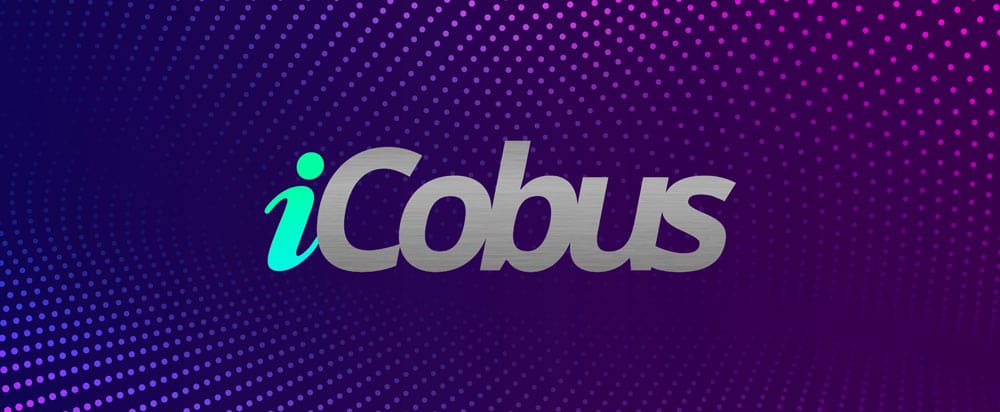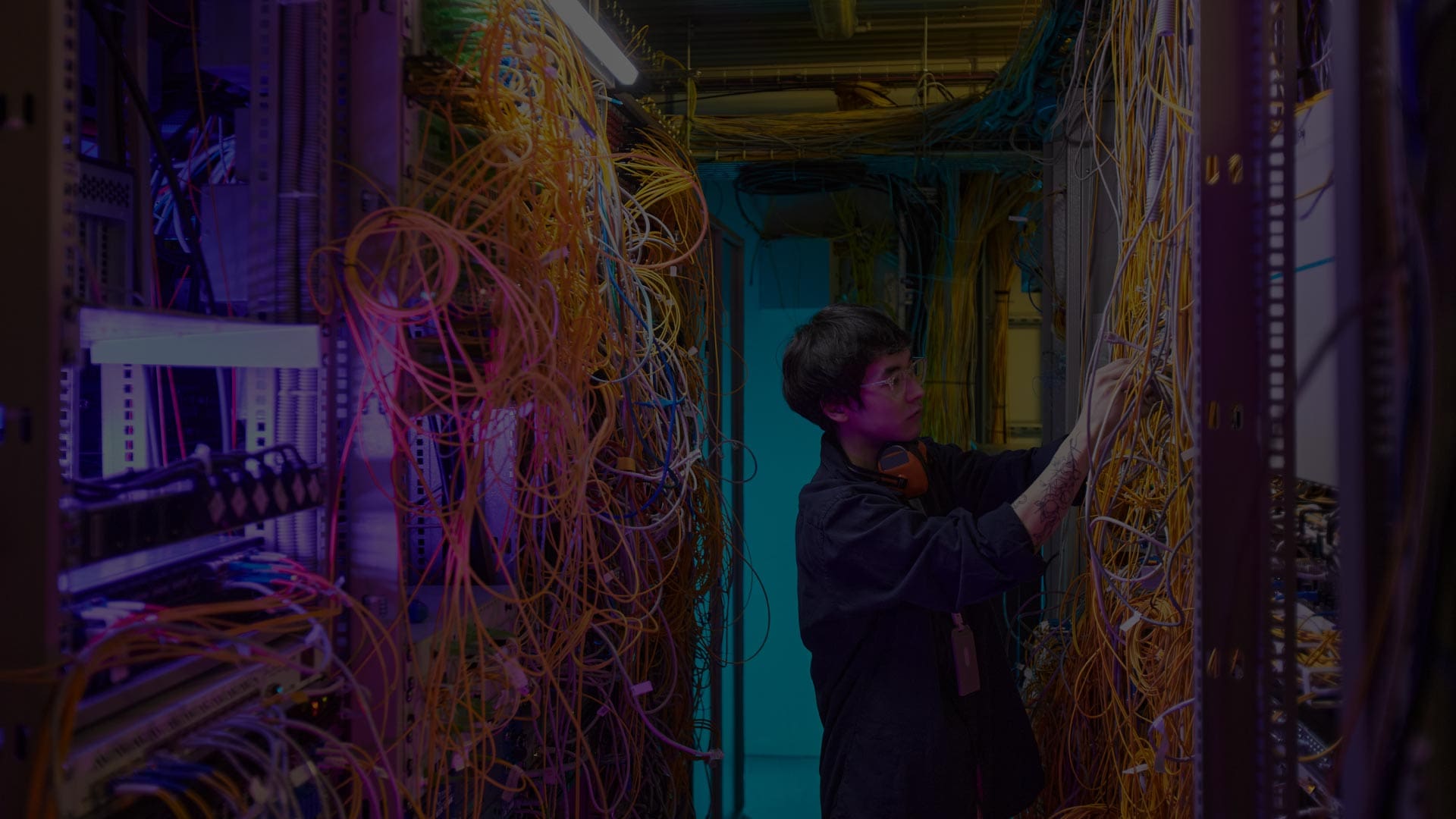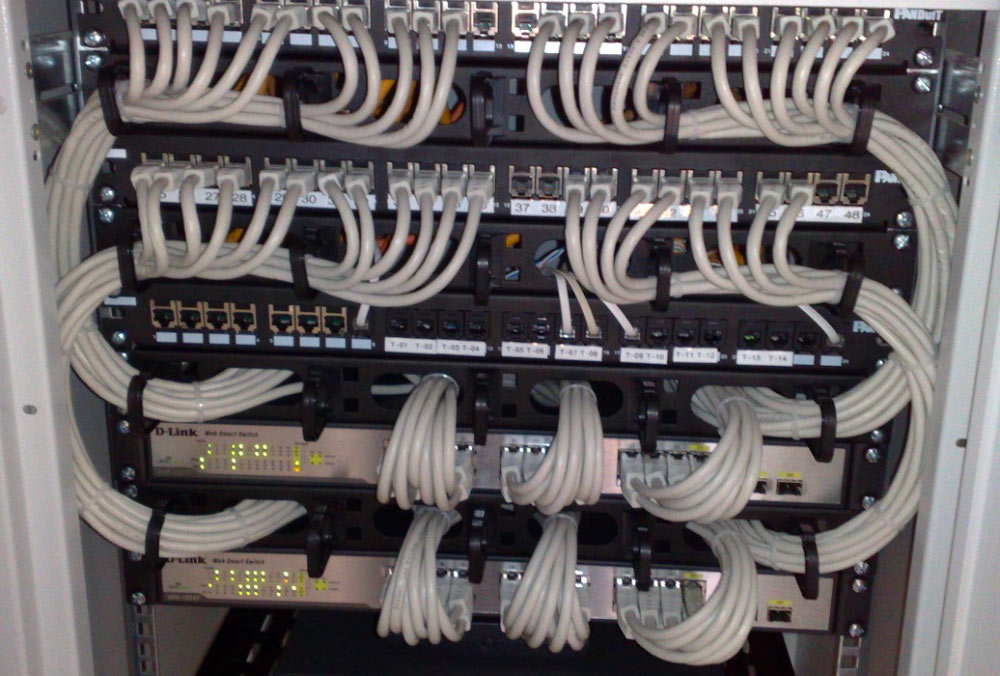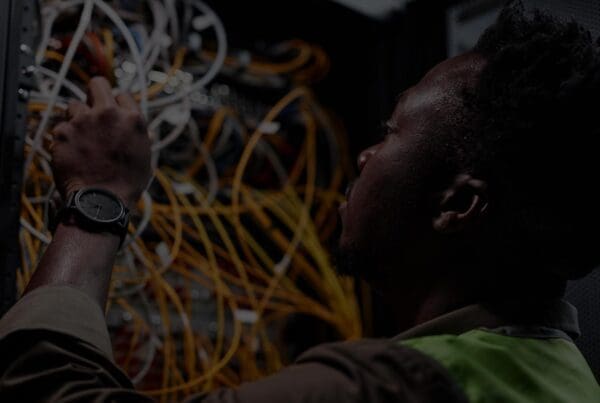In the digital age, a seamless and efficient flow of data is crucial for the operations of modern businesses. At the heart of this connectivity lies the structured cabling system, an organised approach to installing and maintaining the cabling infrastructure that supports a company’s IT and communication needs. Structured cabling provides a reliable and scalable solution for data, voice, and multimedia transmissions across various networks.
The Importance of IT Structured Cabling
Enhanced Organisation and Efficiency
A structured cabling system brings order and organisation to your IT infrastructure. Unlike traditional point-to-point cabling, which can become chaotic and cluttered as networks grow, structured cabling groups cables into organised bundles. This reduces the complexity of the system, making it easier to manage and maintain.
Scalability and Flexibility
As businesses grow and technology evolves, the need for a scalable and flexible cabling infrastructure becomes paramount. Structured cabling systems are designed to accommodate future expansions and technological advancements. This future-proofing ensures that the infrastructure can support new devices and technologies without requiring a complete overhaul.
Reduced Downtime and Maintenance Costs
With a structured cabling system, troubleshooting and maintenance become significantly easier. The organised nature of the system allows for quick identification and resolution of issues, reducing downtime. Additionally, the structured approach minimises the risk of human error during installation and maintenance, further enhancing reliability.
Improved Performance and Reliability
Structured cabling systems are designed to meet high-performance standards. By reducing interference and crosstalk, these systems ensure faster data transmission and a more reliable connection. This is essential for businesses that rely on real-time data and uninterrupted communication.
Designing an IT Structured Cabling System: Best Practices
- Assessment
- Evaluate the current and future needs of your business, including data traffic volume, connected devices, and potential growth. This assessment will guide the design and ensure the system can accommodate future demands.
- Blueprint Creation
- Develop a detailed blueprint that maps out cable routes, designates spaces for telecommunications rooms, and determines the locations of essential components like switches, routers, and patch panels. A well-planned blueprint reduces installation errors and optimises system performance.
- Redundancy Planning
- Incorporate redundancy into the design to ensure continuous operation in case of a system failure. Backup paths for data flow can prevent downtime and maintain business continuity.
Key Components of IT Structured Cabling
The Cable: Choosing the Right Type
- Cat5e, Cat6, Cat6a, Cat7, and Cat8: These categories of cables offer varying levels of performance. Cat6 is widely used for its cost-effectiveness and ability to support 10Gbps data transfer over short to medium distances. For higher performance and longer distances, consider Cat6a or Cat7.
- Shielded vs. Unshielded: Shielded cables (STP) provide better protection against interference and crosstalk compared to unshielded cables (UTP). This is particularly important in environments with high electromagnetic interference.
Patch Panels
- Patch panels serve as the interface between incoming and outgoing connections. They organise and manage connections, making it easier to maintain and troubleshoot the network. Patch panels come in various sizes, with 24-port and 48-port panels being common.
Tools and Accessories
- Essential tools for structured cabling installation include crimping tools, punchdown tools, and cable testers. These tools ensure proper cable termination and connection, critical for system performance and reliability.
Faceplates and Back Boxes
- Faceplates and back boxes provide a neat and organised presentation of connections at the end-user level. They house the RJ45 connectors and protect the cable terminations.
Benefits of IT Structured Cabling Systems
- Scalability
- Easily expand or modify the system to accommodate new technologies and increased data demands.
- Aesthetic Neatness
- Maintain a clean and professional appearance in your IT infrastructure, reducing the risk of accidental damage and improving safety.
- Reduced Maintenance Costs
- Simplify troubleshooting and maintenance, leading to lower costs and minimal downtime.
- Enhanced Data Transmission Speed and Reliability
- Ensure efficient and reliable data transfer with reduced interference and crosstalk.
Common Mistakes in IT Structured Cabling and How to Avoid Them
- Overlooking Future Needs
- Plan for future growth and technological advancements to avoid the need for costly upgrades.
- Not Adhering to Standards
- Follow industry standards and guidelines to ensure compatibility and optimal performance.
- Skipping Proper Documentation
- Maintain comprehensive documentation of the cabling system to facilitate maintenance and troubleshooting.
The Importance of Choosing Quality Components
Impact on Performance
- High-quality components ensure faster data transmission, reduced latency, and minimal packet loss. They also minimise the risk of interference and signal degradation.
Longevity and Durability
- Investing in premium components enhances the durability of the system, reducing the need for frequent replacements and ensuring consistent performance over time.
Identifying High-Quality Cabling and Components
- Look for certifications, read reviews, and seek recommendations from trusted sources. Physically inspect cables and connectors for quality indicators such as consistent thickness and well-made connectors.
How iCobus Can Help

At iCobus, we specialise in providing high-quality IT structured cabling solutions tailored to your business needs. Our experienced team ensures that your cabling infrastructure is designed, installed, and maintained to the highest standards. Whether you’re looking to upgrade your existing system or install a new one, we have the expertise to deliver reliable and scalable solutions.
Related Resources
- The Importance of Properly Installed and Maintained Cat6A Cabling
- Guide to Fluke Testing
- Should You Upgrade to Cat6A?
- 2024 Data Cabling Jobs Surge
Contact Us
Ready to optimise your IT infrastructure with structured cabling? Get in touch with us today to discuss your needs and find out how we can help.
Contact Information:
- Phone: +44 208 544 0944
- Email: admin@icobus.com
Office Locations:
- United Kingdom: Highlands House, 165 The Broadway, Wimbledon, London, SW19 1NE
South Africa: Steenberg Office Park, Block I, The Terraces, 1 Silverwood Cl, Tokai, Cape Town, 7945





